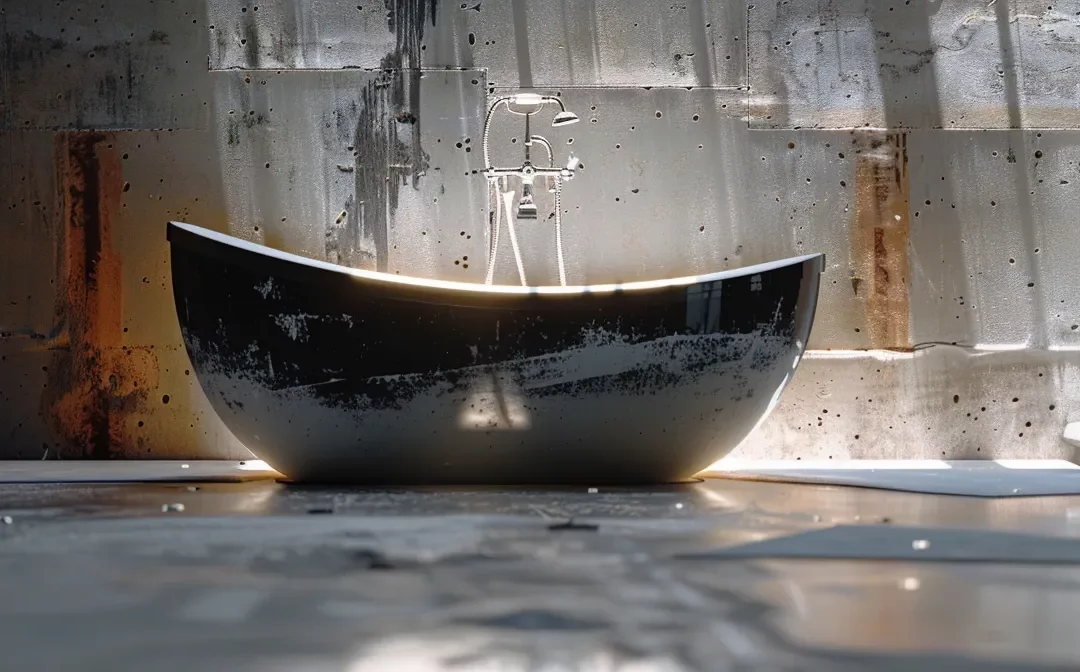Choosing the Right Material for Your Bathtub Resurfacing Project
When considering bathroom and kitchen resurfacing, selecting the right material for your bathtub can initiate a transformative solution. The correct material not only enhances the overall aesthetic but also addresses common issues such as stains and dust buildup. Consulting with professionals affiliated with organizations like the Master Builders Association of Victoria can provide critical insights into your options. Choosing the right material sets the foundation for a successful resurfacing project. Keep reading to explore various materials, their benefits, and tips for collaborating with experts to achieve the perfect finish for your bathroom.
Key Takeaways
- choosing the right material for resurfacing affects durability and maintenance needs
- high-quality materials improve aesthetics and functionality while ensuring longer-lasting results
- consider eco-friendly options to enhance sustainability in your bathroom renovation project
- professional guidance can lead to better material selections and overall project success
- assess your bathtub‘s condition to determine the best resurfacing approach
Understanding Different Materials for Bathtub Resurfacing
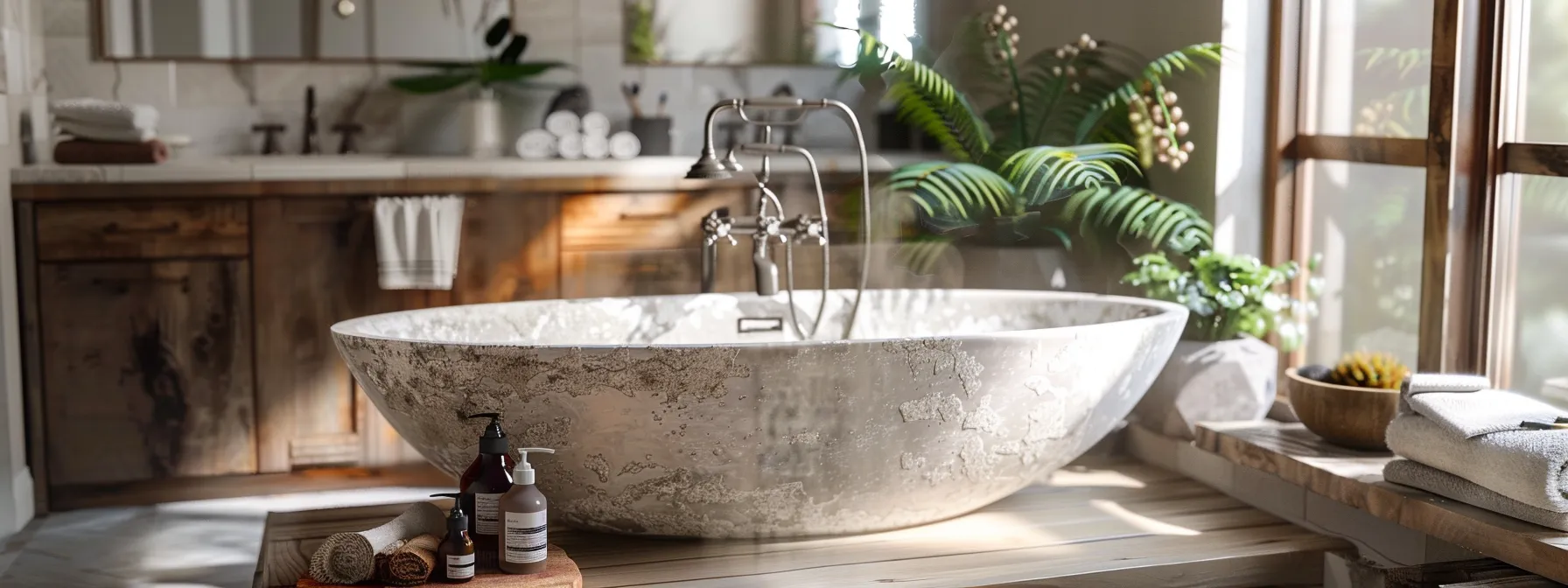
Understanding the material options available for bathtub resurfacing is fundamental to making informed decisions tailored to your needs. Acrylic offers a lightweight alternative often utilized in refinishing projects; its smooth finish can effectively combat mold growth, while also being easy to maintain. Epoxy coatings stand out for their exceptional durability, promising long-lasting performance in high-traffic bathrooms. If you own a porcelain tub, refinishing may be an option to consider for restoring its original luster without the need for complete replacement. Urethane polymers present a versatile choice, each with specific advantages and challenges that merit examination before selection. Lastly, fiberglass may suit your project, providing cost-effectiveness and a range of finishes while still requiring proper caulk application to ensure a water-tight seal. The right choice hinges on understanding how these materials interact with the structure of your tub, whether it’s cast iron, acrylic, or fiberglass.
The Role of Acrylic in Bathtub Refinishing
Acrylic plays a significant role in bathroom and kitchen resurfacing due to its lightweight properties and ease of application. When choosing an acrylic finish, you can select from a variety of options that incorporate solvent or oil-based components, ensuring compatibility with any underlying materials. Opting for environmentally friendly acrylic products can help you avoid issues with harmful substances like lead paint, making your bathroom safer and more sustainable.
This versatile material can be coated with polyurethane for added durability, creating a long-lasting finish that withstands regular use. Its smooth texture not only enhances the look of your tub but also simplifies maintenance, further emphasizing why acrylic bathroom and kitchen resurfacing is a leading choice for refinishing projects.
Exploring Epoxy Coatings for Durability
Epoxy coatings offer exceptional durability, making them a prime choice for your bathroom and kitchen resurfacing project. Known for their resilience, these coatings are formulated with organic compounds that can withstand extensive wear from daily use, protecting your tub’s surface for years to come. When applied correctly, epoxy not only enhances the aesthetics of your tub but also creates a robust barrier against moisture and staining.
- Evaluate your needs and the specific conditions of your bathroom.
- Consider the long-lasting benefits of using epoxy coatings for resurfacing.
- Choose an epoxy that aligns with your home improvement goals.
Porcelain Refinishing: Is It Right for You?
Considering porcelain refinishing for your bathtub can be a wise choice if you aim to restore its pristine condition. This bathroom and kitchen resurfacing process effectively addresses issues like dirt accumulation and mildew, enhancing not just the tub’s appearance but also its functionality in your shower area. Additionally, opting for refinishing avoids the emissions commonly associated with new tub installations, which often release volatile organic compounds that can impact your home’s interior design.
The Pros and Cons of Urethane Polymers
Urethane polymers present several advantages for bathroom and kitchen resurfacing, including their ability to bond well with various materials like fiberglass and vitreous enamel. When selecting a brand, look for options that minimize air pollution during application, as many urethane products can emit harmful VOCs. However, consider that while urethane coatings deliver a glossy finish, they may require careful preparation, including the use of paint stripper to ensure proper adhesion and longevity of the resurfacing job.
Assessing Fiberglass for Your Resurfacing Needs
Fiberglass is a viable option for your bathtub refinishing bathroom and kitchen resurfacing project, particularly if you prefer a cost-effective material that offers versatility in color and finish. It’s essential to assess the condition of your existing tub, as the surface may require preparation with sandpaper to ensure proper adhesion during the resurfacing process. Additionally, consider the potential toxicity of the products you choose, prioritizing low VOC options to maintain a healthy environment in your bathroom space Master Builders Association of Victoria.
Equipped with knowledge about various materials, you stand ready to make an informed decision. Let’s dive into how to choose the best material that suits your bathtub needs perfectly.
How to Choose the Best Material for Your Bathtub
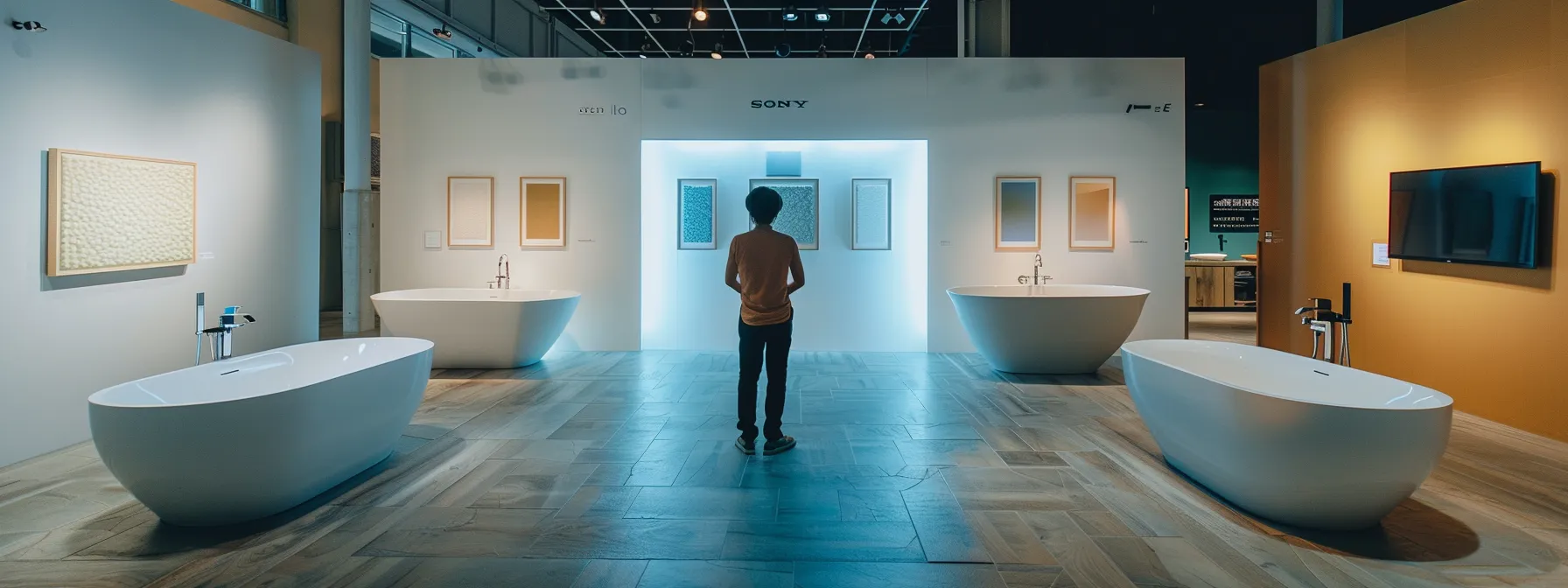
Selecting the right material for your bathtub resurfacing project requires a clear understanding of several key factors. Start by evaluating the current state of your bathtub to identify any damage or necessary repairs, which will guide your material choice. Next, consider the usage patterns of your bathroom: a family with multiple users may benefit from a more durable resin option, while a guest bath could accommodate more delicate finishes. Longevity and maintenance requirements are also crucial; materials that require frequent upkeep might not fit a busy lifestyle. Finally, budget plays a significant role in your selection process. Consider the costs associated with different adhesives and finishes, and weigh these against their performance and aesthetic appeal. Gathering this information will help streamline your decision-making process, ensuring a successful resurfacing that enhances both functionality and style.
Evaluating the Current State of Your Bathtub
Begin by closely inspecting your existing bathtub. Look for any signs of wear, such as cracks, discoloration, or peeling acrylic paint, which may indicate the need for resurfacing. Additionally, check for the presence of lead in older tubs; if found, it’s essential to address this hazard before proceeding with any refinishing work.
Consider the surface material of your tub as well. If it’s a standard fiberglass or a high-end marble, your approach will differ significantly. Understanding the current state of your bathtub ensures you select the right method and materials to achieve the desired result for every customer experience.
Matching Material With Bathroom Usage Patterns
Assessing your bathroom usage patterns is essential in selecting the appropriate material for your resurfacing project. If your bathroom experiences heavy daily traffic, prioritize durability and lower maintenance options, which may come at a higher price but can save you money in the long run. Moreover, maintaining awareness of potential challenges, such as the need for a stripper during the resurfacing process, will ensure you effectively choose materials that align with your knowledge of demands in high-use environments.
Considering Longevity and Maintenance Requirements
Considering longevity and maintenance is crucial when selecting your bathtub resurfacing material. For instance, opting for a poly resin can offer excellent durability, yielding a long-lasting finish that requires minimal upkeep. On the other hand, porcelain surfaces can appear stunning but may be more susceptible to issues like lead poisoning if not properly maintained, necessitating a careful approach during the refinishing process, including the use of a brush for touch-ups.
Budget Considerations for Material Selection
When selecting materials for your bathtub resurfacing project, it’s essential to assess your budget while ensuring safety is not compromised. Consider the long-term costs associated with materials, such as those that may emit harmful chlorides or require additional tools like a chisel for application. Familiarizing yourself with the safety data sheet for each option will guide you in choosing products that prioritize both affordability and a safer environment in your bathroom space.
Choosing the right material for your bathtub sets the stage for a stunning renovation. Now, let’s explore the advantages of high-quality materials in resurfacing and how they can elevate your bathroom’s appeal and durability.
The Advantages of High-Quality Materials in Resurfacing
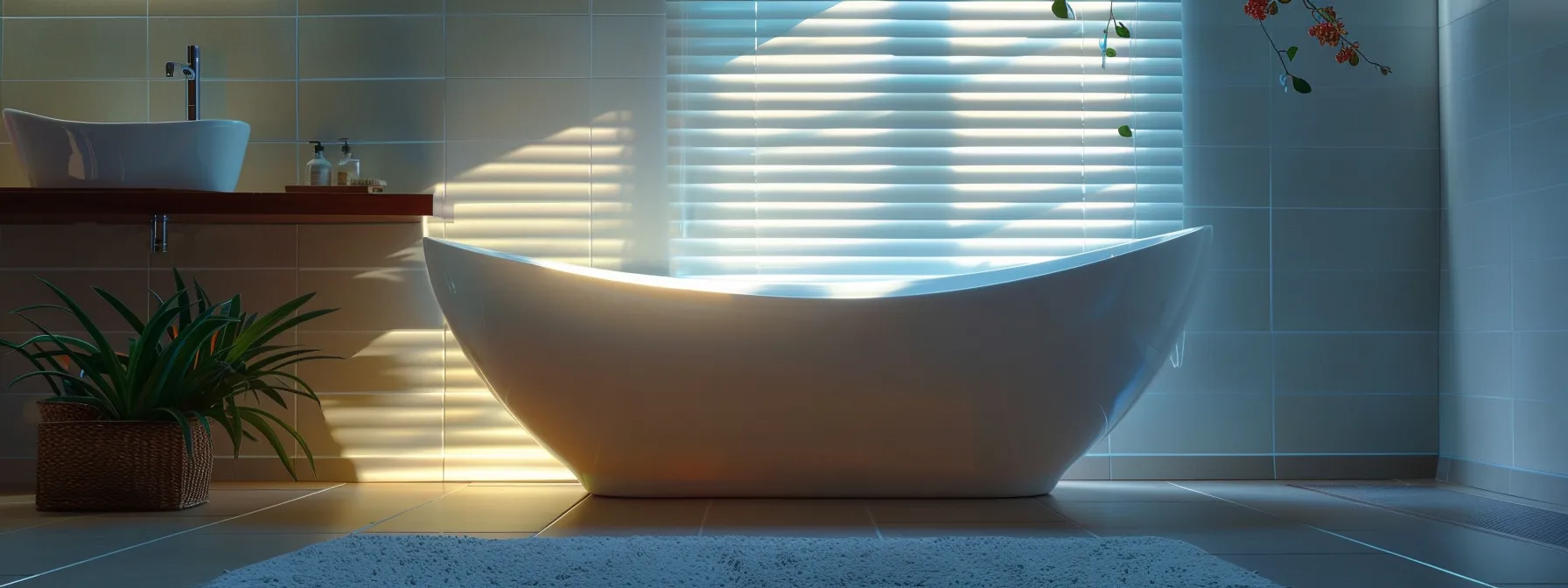
High-quality materials significantly influence the overall outcome of your bathtub resurfacing project. The choice of materials, such as epoxy, enhances durability and extends the lifespan of the refinished surface, providing you with a robust coat that resists wear and tear. Aesthetic appeal is equally important, as premium finishes offer a range of options tailored to your design preferences, keeping your bathroom visually stunning. Additionally, quality materials simplify maintenance and cleaning; surfaces treated with top-tier products require less effort to keep looking pristine, allowing you to use gentle methods, like steel wool, without damaging the finish. By investing in high-grade materials, you ensure your project not only meets your immediate needs but also comes with the added peace of mind of a warranty, enhancing both safety and satisfaction in your home renovation efforts.
Impact on Durability and Lifespan
Research indicates that the choice of high-quality materials directly impacts the durability and lifespan of your bathtub resurfacing project. When you opt for premium coatings, such as those with isocyanate compounds, you significantly reduce the likelihood of deterioration, ensuring a longer-lasting finish that withstands daily wear. Additionally, materials that minimize unpleasant odors, like those without dichloromethane, contribute to a healthier bathroom environment, enhancing your overall experience in the space.
Aesthetic Appeal and Finish Options
Choosing high-quality materials for your bathtub resurfacing influences both visual appeal and functionality. For instance, opting for a ceramic finish can impart a sleek, modern look that elevates the overall aesthetic of your bathroom renovation, while materials like steel offer a sophisticated allure with their durability and resilience. Furthermore, ensuring proper ventilation during the application process helps maintain the integrity of the finish, particularly when working with iron surfaces, allowing you to achieve a stunning result that enhances the beauty of your space.
Maintenance and Cleaning Ease Post-Resurfacing
After completing your bathtub resurfacing project, you’ll appreciate the ease of maintenance with high-quality materials. These surfaces resist wear and tear, allowing you to use standard soap without concerns of damage. It’s advisable to avoid harsh acids and abrasive cleaners, as they can compromise the finish, so a gentle cleaning routine will keep your tub looking pristine while ensuring longevity. For any questions, don’t hesitate to refer to the FAQ section for expert recommendations on maintaining your newly resurfaced bathtub.
Understanding the benefits of high-quality materials sets the stage for a critical decision: balancing cost and quality in your bathtub resurfacing project. Dive deeper into how to make informed choices that align both your budget and your expectations.
Cost vs. Quality: Finding the Balance for Bathtub Materials
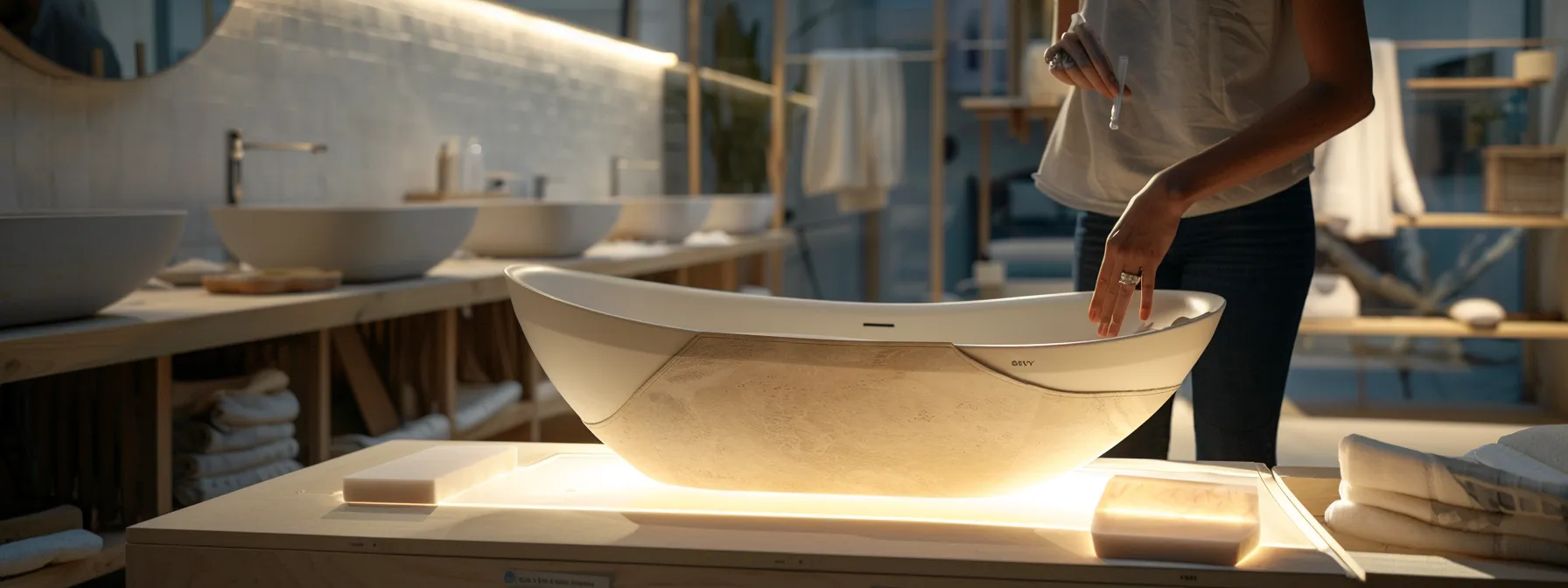
Understanding the balance between cost and quality for your bathtub resurfacing materials is vital for achieving a satisfying outcome without overspending. It’s essential to decipher what drives material costs and how specific features justify their price tag. Occasionally, investing more upfront can yield long-term benefits, providing durability and minimizing maintenance efforts down the line. On the other hand, you can also identify opportunities to save costs by selecting materials that offer excellent value without compromising essential quality. As you navigate these considerations, remember that informed decisions will lead to lasting satisfaction with your resurfacing project.
Deciphering Material Costs and Their Justifications
Examining the costs associated with various bathtub resurfacing materials helps you gain clarity on your investment choices. While cheaper options may seem attractive, evaluating their long-term performance and durability is essential for avoiding frequent repairs or replacements. By understanding what drives the price, you can make informed decisions that align with your budget without sacrificing quality.
Consider these important factors when evaluating material costs:
- Durability and lifespan of different materials.
- Maintenance requirements and frequency of upkeep.
- Potential health risks from low-quality materials.
When to Invest More for Long-Term Benefits
Investing more upfront in high-quality materials for your bathtub resurfacing project can ultimately save you time, money, and hassle. When you choose durable options, you reduce the frequency of repairs and replacements, ensuring your tub maintains its functionality and aesthetic appeal over the years. Weigh the initial costs against the long-term benefits, as a well-made surface can enhance your bathroom and provide you with peace of mind.
Saving on Costs Without Compromising on Quality
Finding cost-effective options for your bathtub resurfacing doesn’t mean you have to settle for inferior quality. Research and comparisons can lead you to materials that offer good durability at a lower price point. Evaluate brands that prioritize affordability while maintaining the necessary performance standards to ensure a worthwhile investment.
By prioritizing reliable materials and avoiding trendy options that may cost you more in the long run, you can create an aesthetically pleasing and functional bathroom without exceeding your budget.
As you weigh the importance of cost and quality for your bathtub, exciting advancements in resurfacing materials are on the horizon. Get ready to explore the latest innovations that promise both durability and stunning aesthetics for your bathroom.
The Latest Innovations in Bathtub Resurfacing Materials
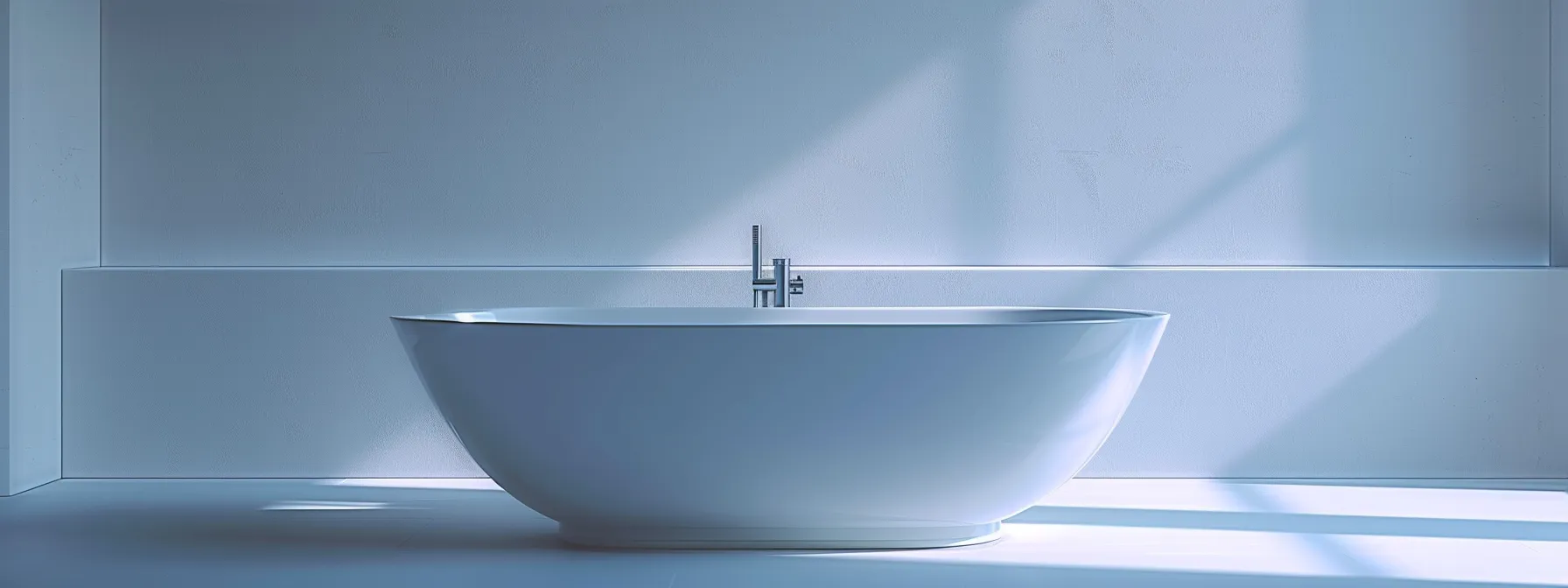
In recent years, advancements in bathtub resurfacing materials have opened up a realm of possibilities for homeowners looking to enhance their bathing spaces. Eco-friendly resurfacing options have gained traction, allowing you to make sustainable choices without compromising quality. Innovations in material technology have led to breakthroughs in durability, ensuring that your refinished tub can stand up to daily use. Additionally, the introduction of custom color and texture options enables you to personalize your bathtub, adding a unique touch that complements your overall bathroom design. These exciting developments ensure you can achieve both functionality and style in your resurfacing project.
Introduction to Eco-Friendly Resurfacing Options
Considering eco-friendly resurfacing options for your bathtub can greatly enhance your home’s sustainability while ensuring aesthetic appeal. Many modern products utilize low-VOC and non-toxic materials, reducing your environmental footprint without sacrificing durability or performance. By selecting these eco-conscious options, you not only improve your bathroom but also contribute to a healthier living space for yourself and your family.
Breakthroughs in Material Technology and Durability
Recent advancements in material technology have transformed the landscape of bathtub resurfacing, focusing on enhancing both durability and performance. These innovations introduce stronger, more resilient materials that can withstand the frequent use seen in busy households, offering you a long-lasting solution. By opting for these advancements, you ensure that your refinished tub can maintain its aesthetic beauty while resisting wear and tear over time.
With these options, you can achieve a combination of durability and style that makes a significant difference in your bathroom renovation project.
Custom Color and Texture Innovations in Bathtub Materials
Custom color and texture innovations in bathtub materials allow you to express your personal style while achieving a unique look for your bathroom. By selecting from a range of options, you can create a finish that complements your overall design vision, whether you prefer a sleek modern aesthetic or a more traditional vibe. These advancements not only enhance the visual appeal of your tub but also provide added functionality, with textures that can improve grip and reduce the risk of slipping.
As you explore the cutting-edge options in bathtub resurfacing materials, consider how to make the most informed choice for your project. Collaborating effectively with professionals can elevate your renovation experience and ensure exceptional results.
Tips for Working With Professionals on Material Selection
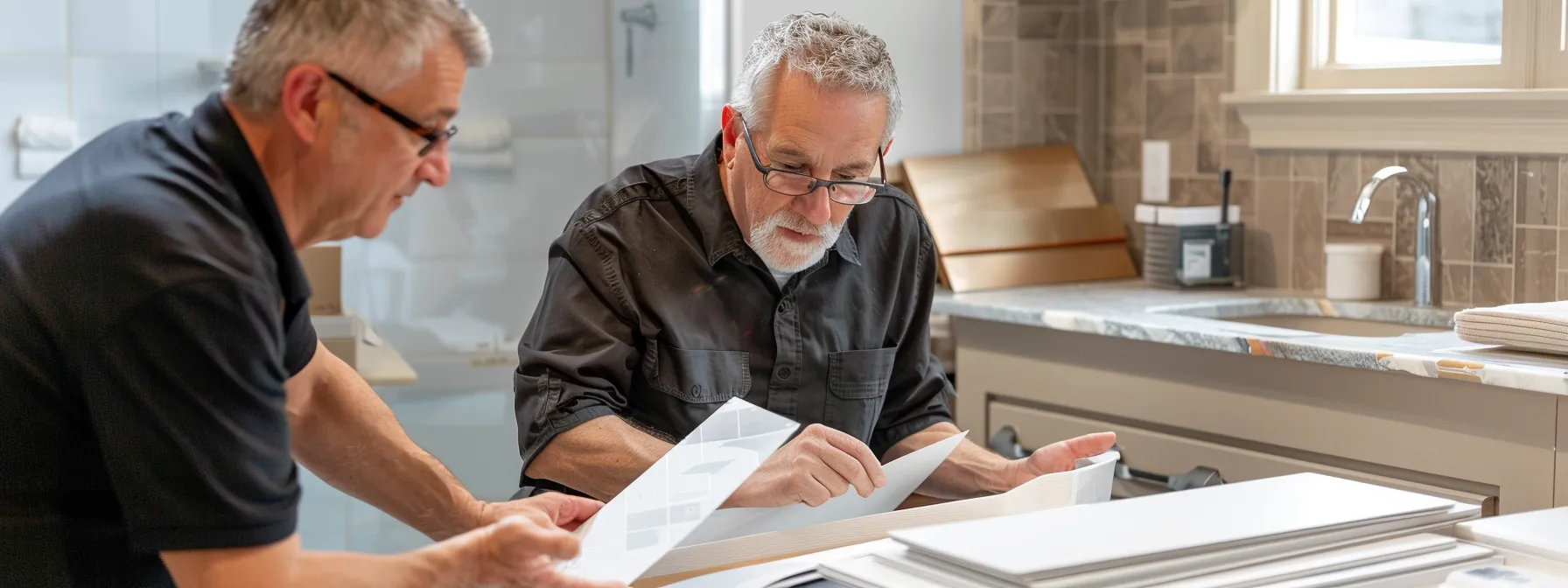
Working with professionals during your bathtub resurfacing project provides valuable insights that can enhance the outcome. Begin by communicating your specific needs and expectations clearly; this ensures that the experts understand your vision and can tailor their recommendations accordingly. As you engage in discussions, pay attention to their material suggestions, as these are often based on experience and expertise. Additionally, evaluate the cost-benefit analysis of professional-grade materials compared to DIY options. Balancing quality and affordability is essential, and the guidance from your chosen professionals can help you make informed decisions that align with both your budget and project goals.
Communicating Your Needs and Expectations Clearly
Effective communication is vital when collaborating with professionals on your bathtub resurfacing project. Clearly articulate your preferences regarding style, finish, and functionality, ensuring they understand the vision you have for your bathroom. By establishing an open dialogue and discussing your budget constraints, you will foster a productive partnership that leads to satisfying results.
Understanding the Professionals’ Material Recommendations
When professionals provide material recommendations for your bathtub resurfacing project, it’s often based on their extensive experience and knowledge of current industry standards. They assess your specific needs, usage patterns, and existing bathtub conditions, allowing them to suggest materials that will deliver optimal performance and longevity. Engaging in this dialogue will help you understand the rationale behind their choices, ensuring you select the best options for your renovation goals.
Evaluating the Cost-Benefit of Professional vs. DIY Materials
When deciding between professional and DIY materials for your bathtub resurfacing, weigh the initial costs against potential long-term benefits. Professional-grade materials typically provide superior durability and performance, which can save you from future repairs or replacements. Conversely, DIY materials may offer a lower upfront cost but could lead to higher maintenance expenses or quicker degradation.
Consider factors such as ease of application and the necessary skill levels for successful installation. Professional materials often come with benefits like warranties and expert guidance, while DIY options could require additional purchase of tools and supplies. Analyze your specific project needs to choose the most suitable route:
